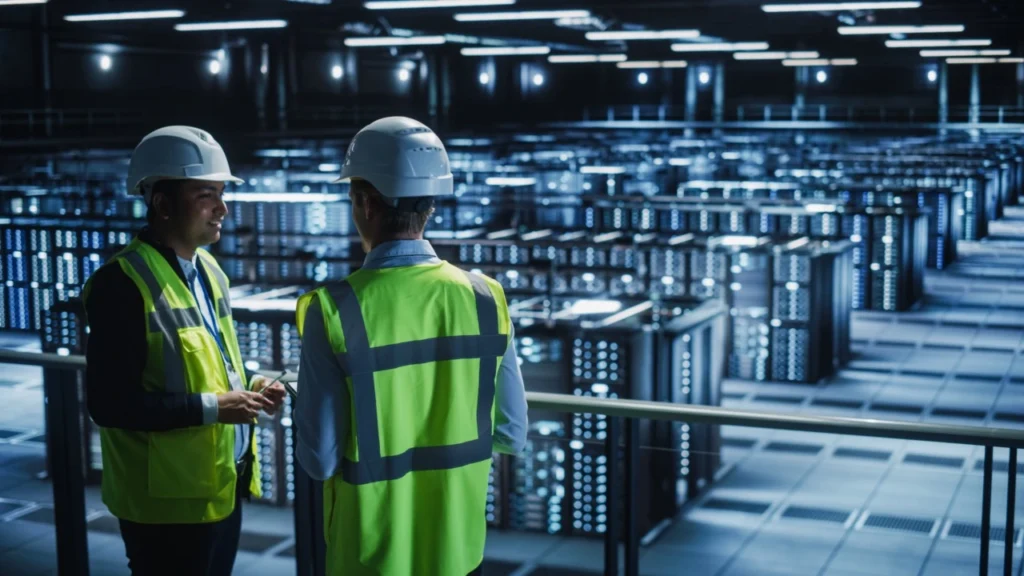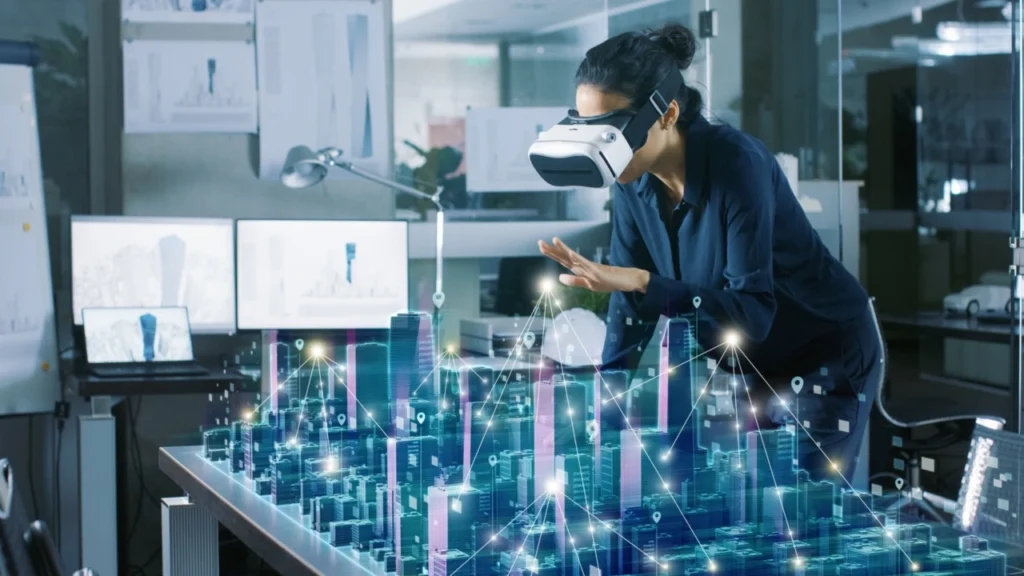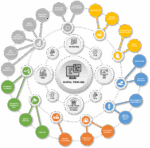
The Power of Precogs for Construction Knowledge Management
If ChatGPT, smart thermostats, and website chatbots are any indication, the era of AI has officially arrived. 35% of global organizations use some form of AI to improve operations, and nearly 50% plan to use AI at some point this year.
Artificial intelligence is famous for its benefits: data analysis, risk reduction, and repetitive task automation that gives humans more time for higher-level tasks. For example, Copilot tools from Microsoft and GitHub use large language models (LLMs) that make us even more efficient technology users.
Despite powerful applications, AI still vastly underserves the construction space. Construction projects at every scale still feature the same mistakes, year after year. Retiring superintendents still take with them the majority of their knowledge. Construction as an industry hasn’t seen the same lift from technology that other sectors have.
Most construction companies collect and store massive amounts of data as they complete projects, and that stack is quickly reaching a tipping point. They use tools like Procore, Navisworks, Revit, and BIM 360 to generate libraries of information—but that information carries little value outside the confines of one specific project or work function. Without channels to digitize that information and share it with the people doing the work, that data only takes up space.
Artificial intelligence shouldn’t serve as a “copilot” alongside your current operations. Instead, it should live on top of the construction data you collect, informing how you collect, store, and distribute information. That’s why we built Precogs, our intelligent predictive insights technology platform, to elevate knowledge capture, management, and consumption within your construction business.
What Is Knowledge Management in Construction?

Knowledge management means creating, organizing, analyzing, and distributing information in the most efficient way possible. In construction, it also means maintaining relevant data—including lessons learned from past projects—and getting it into the suitable project contributor’s hands.
Knowledge management is not a one-stage process. Consider three steps to take full advantage of the data you collect:
- Knowledge generation and collection: Creating new insights, ideas, or information from project experience. This stage is about capturing expertise, particularly from mistakes made, and getting to the root cause and mitigation techniques associated with issues.
- Knowledge digitization: Transforming this collected information into digital formats that are easy for contributors to retrieve, read, and understand.
- Knowledge distribution: Sharing digitized knowledge to relevant stakeholders and project participants. This means sharing data with contributors, ideally at the right time, and in-line with existing ways of working.
Artificial intelligence can positively impact all three stages of construction knowledge management.
Why Is Now the Time for Worksite AI Integtration?

Modern construction has endured over a decade of “point solution” mania. Point solutions target fairly narrow value propositions, and are unable to centralize and scale information across businesses. For example, a design platform can help participants understand where to place HVAC systems within a layout. That same solution might be less effective in explaining how to install an HVAC system.
With AI as an intelligent layer on top of your data, participants have a way to examine and benefit from knowledge data cohesively. This links data sets together and creates two new opportunities from the information you already collect. Consider these three specific opportunities:
- Connect knowledge management to your construction schedule. One week before the team begins concrete formwork, your knowledge base will begin feeding participants useful, actionable knowledge about formwork.These data points aren’t vague explainer articles; they’re lessons learned specific to your team that have been gathered over time. They might include design details, quality control, recommendations, and other notes that describe the best ways to complete a task or solve a problem.
- Enhance business KPIs: AI can help link your construction data to non-construction data, including business performance and real estate information. Make decisions in the field and at the office with more confidence and more context.
- Generate new intelligence: AI does more than link data sets together for better reporting. It also derives insights from sleepy construction data in ways that identify exactly how to save time, money, and resources.
AI for knowledge management is meant to leverage past information for present projects. For example, this information helps make the tenth build of a chain restaurant faster than the first.
Challenges to AI Integration Across a Worksite

Like any form of technology, AI faces challenges during worksite integration. Without awareness of these challenges, you risk negatively impacting project participants during integration.
Here are a few challenges to watch for when deploying AI for knowledge management:
- Encouraging information sharing: Knowledge sharing across a worksite is still difficult to incentivize, particularly among contributors with so many other priorities. The value in avoiding future mistakes is obvious, but buy-in is sometimes difficult to obtain among participants with limited time.
- AI over-reliance: Even an AI tool that delivers data and insight is still just a tool. And like any tool, AI requires an intelligent human to implement its suggestions. Relying too much on AI can also create breakdowns if technology malfunctions.
- AI education: Even user-friendly AI platforms often require some form of training. Project participants need to understand how to receive knowledge from the platform and how to record observations for future use.
Many worksites prescribe some form of project integration to address these challenges. Project integrators are experts, sometimes entire teams, responsible for distributing knowledge across a worksite. They help create a more agile workforce, one that benefits from past knowledge when creating the future.
“In a world where 44% of AEC companies have no knowledge-sharing program, we built our Precogs software platform with your data in mind.”
In a world where 44% of AEC companies have no knowledge-sharing program, we built our Precogs software platform with your data in mind. Inspired by NASA’s mission control setup, Precogs streamlines every stage of the knowledge management process. It captures data in a corporate knowledge bank, analyzes that information through top-layer AI, and pings individual contributors with only the information they need.
Connect with VIATechnik today to learn more about Precogs for knowledge management and discover how easily you can add a layer of intelligence on top of the data you already collect.



